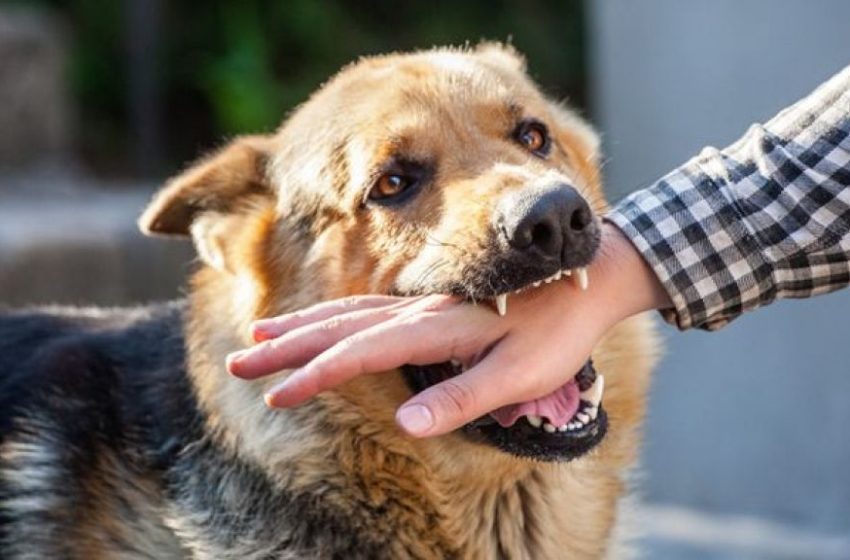Essential Tips for Staying Safe Around Dog Bite Prevention

Dog bites can result in serious injuries and emotional trauma, making it crucial to understand how to interact safely with dogs. Whether you’re a pet owner, an employee working in animal-related fields, or simply someone who encounters dogs in public, being informed and prepared can significantly reduce the risk of bites. Here are essential tips for staying safe around dog bite prevention.
Understand Dog Behavior
Recognize Warning Signs
Familiarize yourself with common signs of discomfort or aggression in dogs, including:
Growling or Barking: Vocalizations can indicate fear or threat.
Body Language: Look for stiff body posture, raised hackles, or a tucked tail.
Snapping or Lunging: These are clear signs a dog may bite.
Respect a Dog’s Space
Always give dogs space, especially if they appear anxious or protective. Avoid approaching a dog that is:
Eating or chewing on a toy
With puppies
Sleeping or resting
Approach with Caution
Ask for Permission
If you want to pet a dog, Dog Bite Prevention always asks the owner for permission first. Even friendly dogs can react unpredictably.
Use Calm Movements
Approach a dog slowly and calmly. Sudden movements can startle a dog and trigger a defensive reaction.
Avoid Direct Eye Contact
Direct eye contact can be perceived as a threat by some dogs. Instead, look at the dog from the side, keeping your body relaxed.
Let the Dog Come to You
If a dog seems interested, allow it to approach you first. Hold out your hand at your side to let the dog sniff you. This gives the dog the opportunity to assess your presence without feeling threatened.
Know How to Interact
Safe Petting Techniques
If the dog seems comfortable, pet it gently on the side of the neck or back. Avoid reaching over the dog’s head, as this can be intimidating.
Avoid Physical Punishment
Never hit or physically reprimand a dog, as this can provoke aggression. Instead, use positive reinforcement to encourage good behavior.
Know When to Walk Away
If a dog appears anxious, fearful, or aggressive, it’s best to calmly back away. Avoid turning your back on the dog, as this can provoke a chase response.
Be Mindful of Children
Supervise Interactions
Always supervise children when they are around dogs. Teach children to interact safely by:
Asking permission from the owner before petting.
Avoiding rough play or sudden movements.
Educate About Dog Behavior
Help children understand dog body language and the importance of respecting a dog’s space.
Create a Safe Environment
Proper Fencing and Gates
For dog owners, ensure your yard is securely fenced to prevent escapes and protect visitors. Gates should be closed and latched at all times.
Avoid Unleashed Areas
When walking a dog, avoid areas where dogs are likely to be unleashed unless you know the area is safe and secure.
Know How to Handle a Dog Encounter
If a Dog Approaches
Stay Still: Don’t run or scream; stand still like a tree, with your hands at your sides.
Avoid Eye Contact: Look away from the dog to reduce perceived threat.
Protect Yourself: If a dog attacks, protect your face and neck with your arms and turn your body sideways to minimize exposure.
Report Aggressive Dogs
If you encounter an employee dog bite prevention who is behaving aggressively or poses a danger, report it to local authorities or animal control. This helps prevent future incidents.
Understanding Aggressive Behavior
Before reporting, it’s important to understand what constitutes aggressive behavior in dogs. Signs may include:
Growling or Snarling: Vocalizations indicating discomfort or threat.
Barking: Excessive or menacing barking can signal aggression.
Baring Teeth: Showing teeth is often a warning sign.
Lunging or Charging: Moving toward a person or animal aggressively.
Snapping: Attempting to bite, even if it doesn’t connect.
If you observe any of these behaviors, especially in situations where a dog is unrestrained or unsupervised, it may be necessary to report the dog.
Steps to Report Aggressive Dogs
Assess the Situation
Before taking action, assess the level of danger. If the dog is actively attacking or posing an immediate threat to people or other animals, call emergency services (911 in the U.S.) or animal control immediately.
Conclusion
Staying safe around dogs requires awareness, education, and respect for their behavior. By understanding dog body language, approaching with caution, and fostering a safe environment, you can significantly reduce the risk of dog bites. Whether you’re interacting with your own pet or encountering dogs in public, these essential tips will help ensure a positive experience for both you and the dogs you meet. Remember, prevention is the best strategy for ensuring safety around dogs.

